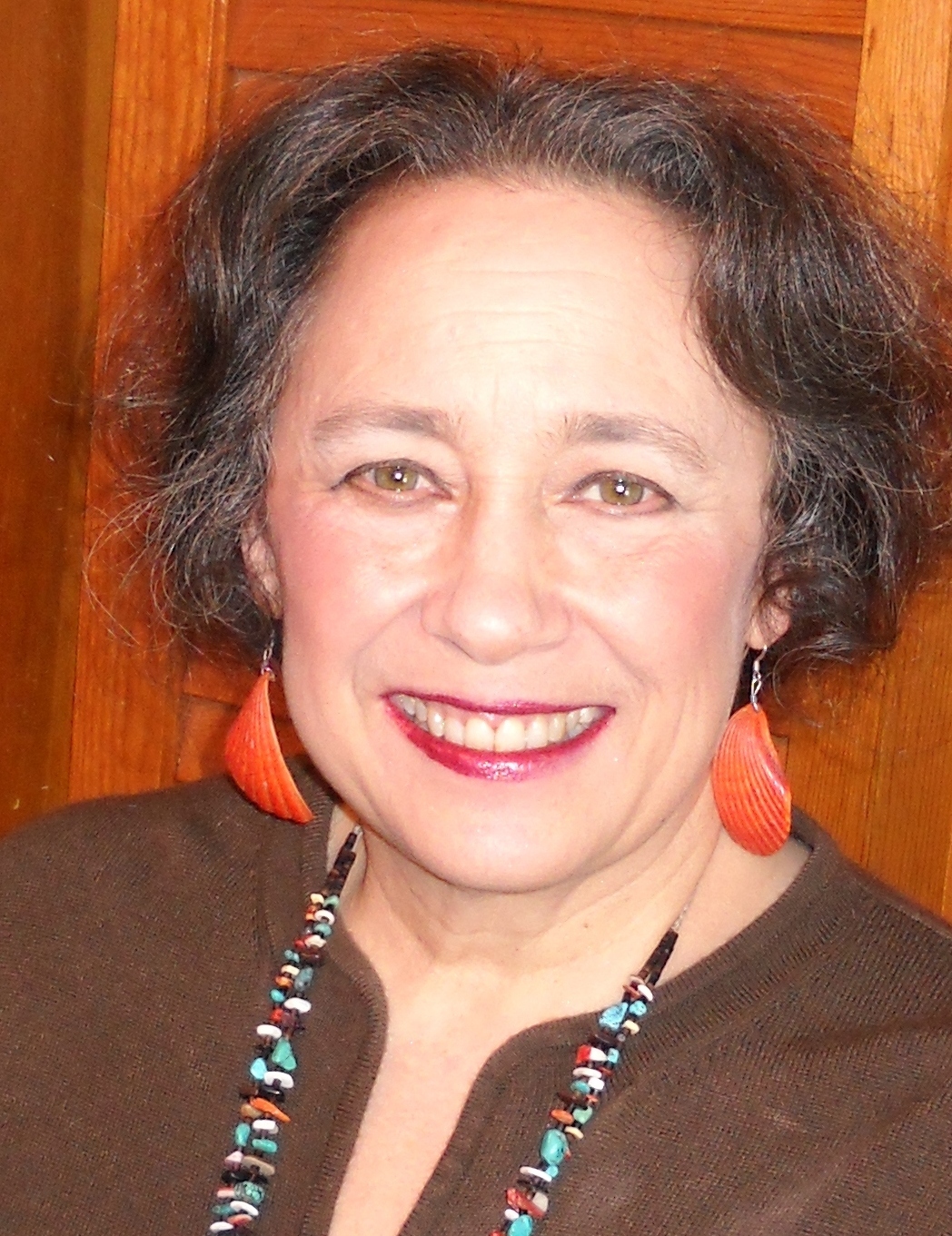By Marilyn Zecher, M.A., CALT
June 2017
 Students with learning challenges begin to fall behind in math quite early, often before third grade. We know that learning to recognize and use quantity patterns is a core deficit in math. Students must learn the composition and decomposition of basic quantities such as what makes seven and what makes nine. They also need to understand how our place value system is organized and then to apply those early patterns across place value. If two plus three equals five, then twenty plus thirty equals fifty. By the time our students with dyslexia are in eighth grade, many are not proficient in math. Yet, they are expected to attempt algebra, a crucial course, armed with little reasoning ability and a calculator accommodation.
Students with learning challenges begin to fall behind in math quite early, often before third grade. We know that learning to recognize and use quantity patterns is a core deficit in math. Students must learn the composition and decomposition of basic quantities such as what makes seven and what makes nine. They also need to understand how our place value system is organized and then to apply those early patterns across place value. If two plus three equals five, then twenty plus thirty equals fifty. By the time our students with dyslexia are in eighth grade, many are not proficient in math. Yet, they are expected to attempt algebra, a crucial course, armed with little reasoning ability and a calculator accommodation.
Parents and teachers worry about their ability to access grade-level content with below grade-level skills. And, with new approaches, students are introduced to multiple models when they do not fully comprehend one.
There are, however, some strategies that can help students with dyslexia understand core concepts and make sense of their pre-algebra and algebra content.
Let’s begin with the language. Students need to understand the meaning of key terms such as variable, equation, expression, and square. Don’t head for http://www.dictionary.com since most formal definitions are not
student friendly. Offer your student some non-math examples that will help him or her link to the math meaning.
Example 1: “The weather is variable at this time of year.” A variable is a letter representing a quantity that can change. Sometimes it is an unknown that we can discover, but it can also be something that can change. We use variables to create expressions and equations for making predictions and modeling. “Wow” and “oops” are expressions in English. They convey meaning but they are not complete thoughts. The math expression 2n+7 is not a complete equation. It lacks an equal sign and therefore can only be used to “evaluate” different choices or options.
Example 2: Now, let’s make a word web of all the ways we can think of to say “plus” or “add”: plus, increased by, added to, 7 greater than, 7 more than. We can also say multiplication many ways. Think of two times a number, the product of two and a number, twice a number. Now let’s construct all the ways we can say 2n + 7.
Most teachers begin with the math and expect students to comprehend the words. With students who have language challenges, begin with the words. The numbers are often easier.
The same is true for linear functions. Begin by helping your student build a model for a real life situation. Use linking cubes or even different colors of construction paper squares.
Example: If Tim pays a $10 fee to enter the climbing gym and then $2 per hour, how could we model that? Let’s build the ten as our starting value and then use different colors of paper squares to model that constant rate of change.
Using simple manipulatives, you and your student can build linear functions in slope intercept form without ever using resorting to equations. Meaningful math begins with real life applications. Reasoning mathematically is at the heart of becoming fluent in math.
My favorite models for linear functions involve high priced athletes with signing bonuses and per game salaries or depreciation of VERY expensive luxury cars. Make up some wonderful examples for working with your child and then have some fun with math.
 Marilyn Zecher is a nationally certified Academic Language Therapist and former classroom/demonstration teacher, Ms. Zecher is a specialist in applying multisensory, Orton-Gillingham-based strategies to a variety of content areas. She trains nationally for The Multisensory Training Institute of the nonprofit Atlantic Seaboard Dyslexia Education Center in Rockville MD and is a part time instructor at Loyola University, Baltimore.
Marilyn Zecher is a nationally certified Academic Language Therapist and former classroom/demonstration teacher, Ms. Zecher is a specialist in applying multisensory, Orton-Gillingham-based strategies to a variety of content areas. She trains nationally for The Multisensory Training Institute of the nonprofit Atlantic Seaboard Dyslexia Education Center in Rockville MD and is a part time instructor at Loyola University, Baltimore.
Source: https://dyslexiaida.org/multisensory-math/
Orton-Gillingham literacy tutoring in Columbus OH: Adrienne Edwards, 614-579-6021, or email aedwardstutor@columbus.rr.com
